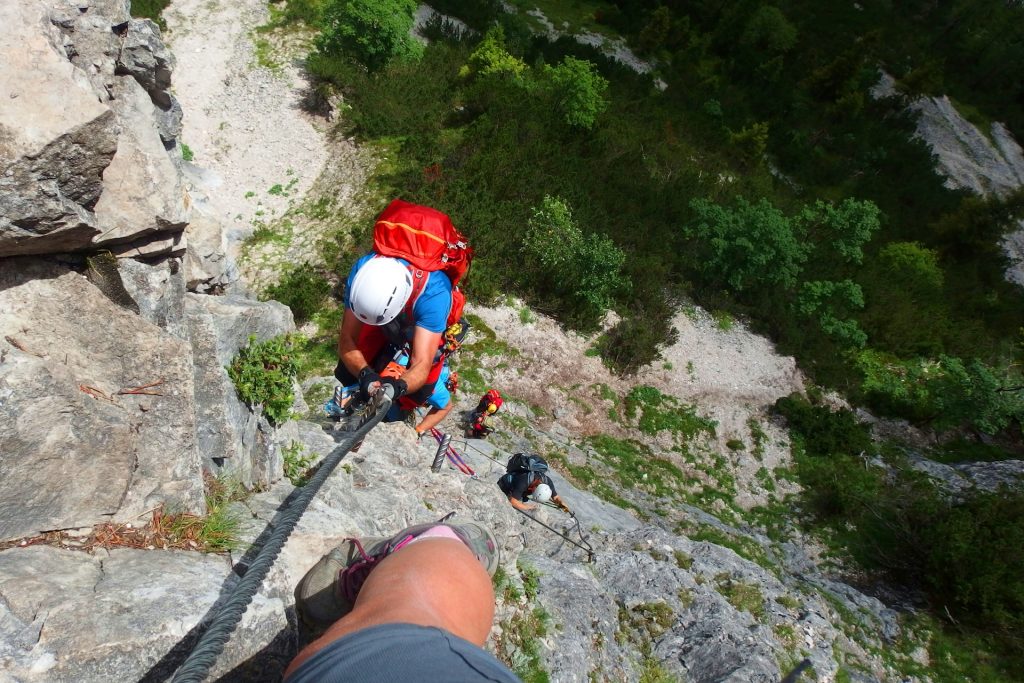
Image Source: unsplash.com
Adventure seekers often chase the adrenaline rush that comes with outdoor activities, but some pursuits carry risks that deserve serious consideration. While pushing boundaries can be rewarding, understanding the potential dangers of high-risk outdoor activities is essential for making informed decisions about your safety. Before you sign up for your next adventure, consider these seven outdoor activities that might require more preparation, training, or reconsideration than you initially thought. These activities may offer thrilling experiences but demand respect for their inherent dangers.
1. Free Solo Rock Climbing
Free soloing—climbing without ropes or protective equipment—represents the ultimate risk in climbing sports. Even experienced climbers with years of training face potentially fatal consequences from a single mistake. According to the American Alpine Club, climbing accidents result in dozens of fatalities annually, with free soloing being particularly dangerous.
The mental pressure is as challenging as the physical demands. Climbers must maintain perfect focus for hours, as any lapse in concentration could be fatal. Even elite climbers like Alex Honnold, famous for free soloing El Capitan, spend years preparing for major climbs with extensive practice on the same routes with protection before attempting them without ropes.
If you’re drawn to climbing, consider starting with traditional roped climbing at established areas with qualified instructors before even contemplating free soloing.
2. Backcountry Skiing and Snowboarding
Venturing beyond resort boundaries puts you in avalanche territory without the safety infrastructure of patrolled slopes. Avalanches kill an average of 28 people annually in North America alone, according to the Colorado Avalanche Information Center.
Backcountry snow sports require specialized equipment (beacon, probe, shovel), avalanche safety training, and weather assessment skills. Even experienced skiers can be caught off guard by rapidly changing mountain conditions.
If backcountry skiing appeals to you, invest in proper avalanche safety courses and always check local avalanche forecasts before heading out. Never venture into the backcountry alone; ensure everyone in your group has adequate training and equipment.
3. Bull Riding
This rodeo staple involves mounting a 2,000-pound animal specifically bred for bucking. The average bull-riding career lasts just 3-5 years due to injuries. Nearly every professional bull rider has experienced significant injuries, including concussions, broken bones, and internal injuries.
The sport’s danger comes from the fall and being stomped or gored after being thrown. Even with protective vests and helmets, riders face extreme risks each time they enter the chute.
If you’re interested in Western sports, consider starting with less dangerous options like team roping or barrel racing. These activities still provide Western cultural experiences without the extreme danger.
4. Cave Diving
Underwater cave exploration combines the risks of scuba diving with additional hazards of overhead environments, limited visibility, and complex navigation. According to diving safety organizations, cave diving has one of the highest fatalities among recreational activities when attempted without proper training.
The confined spaces, potential for silt-outs (zero visibility), and limited gas supply create a situation where minor problems can quickly become life-threatening. Even experienced open-water divers need specialized training for cave environments.
If you are interested in underwater exploration, consider starting with open-water diving and gradually building experience before pursuing technical specialties like cave diving.
5. Big Wave Surfing
Faced with waves over 20 feet tall, surfers risk being held underwater for extended periods, suffering impact injuries from powerful waves, and dealing with dangerous currents. The force of a breaking wave can push surfers deep underwater, creating disorientation and risking drowning.
Professional big wave surfers train extensively for breath-holding and underwater recovery, often practicing holding their breath for 4+ minutes. They also use specialized equipment and safety teams with jet skis for rescue.
Consider progressively developing your surfing skills on smaller waves before attempting larger ones, and never surf big ones alone.
6. Wingsuit Flying
This extreme form of skydiving involves flying through the air in a specialized suit that adds surface area to the human body. According to skydiving safety statistics, fatality rates are estimated at one death per 500-1,000 jumps, making it considered among the most dangerous recreational activities in the world.
The margin for error is incredibly small, with jumpers reaching speeds over 100 mph while navigating close to terrain. Most wingsuit fatalities occur when jumpers misjudge distances or encounter unexpected conditions.
If you’re drawn to the skies, consider starting with traditional skydiving and accumulating hundreds or thousands of jumps before considering wingsuit progression.
7. Free Diving
Descending to extreme depths on a single breath without scuba equipment puts tremendous physiological stress on the body. Blackouts near the surface (shallow water blackout) are particularly dangerous and can occur without warning.
Competitive free divers train extensively to hold their breath for 4+ minutes and dive to depths exceeding 100 meters, but even with safety divers present, the sport has seen numerous fatalities.
If you’re interested in underwater exploration, consider starting with snorkeling in safe environments before pursuing free diving training with qualified instructors.
Balancing Adventure and Safety: The Wiser Approach
The appeal of these high-risk activities is understandable—they offer unparalleled thrills and profound experiences. However, the wisest adventurers understand that proper training, equipment, and risk assessment aren’t signs of weakness but of intelligence. Many of these activities can be enjoyed with significantly reduced risk through proper progression, training, and safety protocols.
Remember that adventure doesn’t always require extreme risk. Often, the most rewarding outdoor experiences come from challenging yourself within reasonable safety margins while progressively developing skills.
Have you ever tried any high-risk outdoor activities, or do you have safety tips from your adventure experiences? Share your stories in the comments below.
Read More
7 Risky Behaviors That Could Be Sabotaging Your Job Prospects